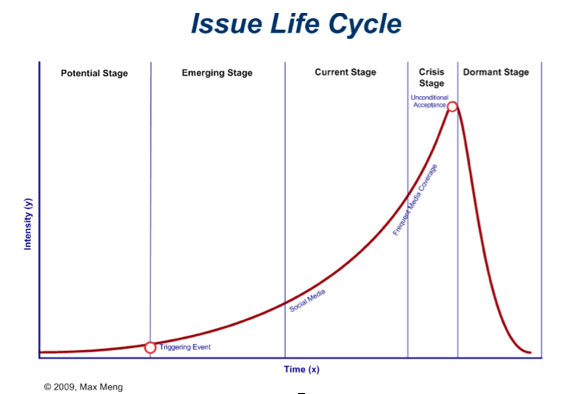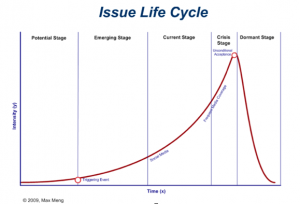A deal in real estate is not like a deal in toothpaste. deals with toothpaste make you two dollars richer. A deal in real estate makes up hundreds or thousands, and even, a million dollars. So if using video as a marketing medium help clinch a single deal, you will make a lot of money!
There are no two ways about it, video is the way of the present and the future! If you want to generate online traffic anywhere, using videos will increase conversion and retention rates and improve sales leads.
However using video on websites is not the only thing a real estate business needs to do to generate sales. You also have to be a little bit creative and understand the aspects of making a professionally made video to maximise your chances of success. But first, I will look at what the power of video purely a medium has done for businesses.
Video as a medium
Here are some facts about online videos in business
1. StacksandStack.com reported that visitors were 144% more likely to purchase after they saw a video on their website.
2. Visitors who watch videos are said to stay on the website for twice as long and visit twice as many pages.
3. Unbounce reports that sales conversion rates increase by 80% if a company uses an online video to market a product on their website
4. According to Kismetrics, leads are 64 to 85% more likely to purchase from a small business after seeing a video online.
There are more than 300 hours of video that is uploaded to YouTube a minute. In the near future, video will comprise of more than 70% web traffic. Companies are using video today, knowing just how well it increases online traffic, conversion of sales and retention of customers.
Professional Tips
You may need the help of a professional company to help you with generating a top notch quality video. If you decide to market in real estate using a handheld smartphone then you need to get back to the drawing board. A professional filming company will think of techniques that enhance the quality of your video. Aspects of filmmaking such as:
Lighting
Camera positioning and angles
Close-ups
Filters and aspect ratios
They are just some filmmaking concepts that professional filmmakers consider, including many more aspects and variables. This may seem minute and seems like perfectionism, but the more you consider these aspects in an online video, the greater your competitive advantage becomes.
Another thing real estate agents can do is the overall direction of how a video will be made. Make some strategic decisions in the video that matches up with the brand image that you like to present. Since Real Estate companies are formal, you may want to use real estate agents themselves wearing their formal attire. As opposed to getting an average-looking person with casual attire talking about real estate. That said, if the real estate company’s brand image is casual and creative, the average-looking bloke talking about real estate may be a great idea!
Also, try to get good shots of the houses, It may be best to take several shots from the houses at several different angles and cut out all the bad and mediocre looking ones.
Finally, make sure that you include your company logo either at the beginning or end of the video so viewers can contact you and remember who you are. It is always a good thing if you get customers to associate your brand with something of high quality or any other positive attributes.
The Creative Side
This is what may really get you a ton of competitive advantage. Think of making a video as a way to generate a unique selling proposition. Being tactically creative allows people to:
1. Have a unique selling proposition
2. Have a competitive advantage
3. Have a vision
The best way to achieve a unique selling proposition is to come up with creative ideas. Ask yourself “How are real estate agents marketing their products and how can I be different from them while still keeping consistent with my brand image?”
If you find that Real Estate agents are marketing in a similar way then this is liquid gold. Find out about what motivates consumers to purchase a house (like newlywed couples wanting to start a family, or buyers wanting independence) or what demotivates consumers (such as the rising prices in metropolitan areas) and address these attitudes in a way that speaks to them.
When you want to make a video, using that knowledge, brainstorm some ideas. This is the opportunity to be a creative as you like! You may never know what good or bad ideas come out! This is the time when you can come up with bad ideas because this is the time, creatively, that you can discard these ideas and suffer no consequences. At the end of brainstorming, it gives you a clear direction with a creative idea and you have obtained a vision, ready to be turned into a reality.
Conclusion
So there you have it! By understanding how video positively impacts upon sales and knowing how to professionally create a video with a creative idea will dramatically increase your chances at clenching that all-important deal.
Nelson Cumming is an enthusiastic business blogger with AdrienneMcLean.com with a keen interest in Marketing and PR.
Adrienne McLean DTM – SpeakersTrainingCamp International Instructor and the Founder of The Speakers Practice – Adrienne specialises at
The Speakers Practice helping clients to confidently deliver presentations for maximum impact for sales presentations, pitching to Investors, promotional presentations etc.
Adrienne has been training presenting to camera programs since 2012 and has been coached by Lou Bortone – US Video Marketing Expert.
You can contact Adrienne on adrienne@thespeakerspractice.com.au or ring on 0414 367 960.












